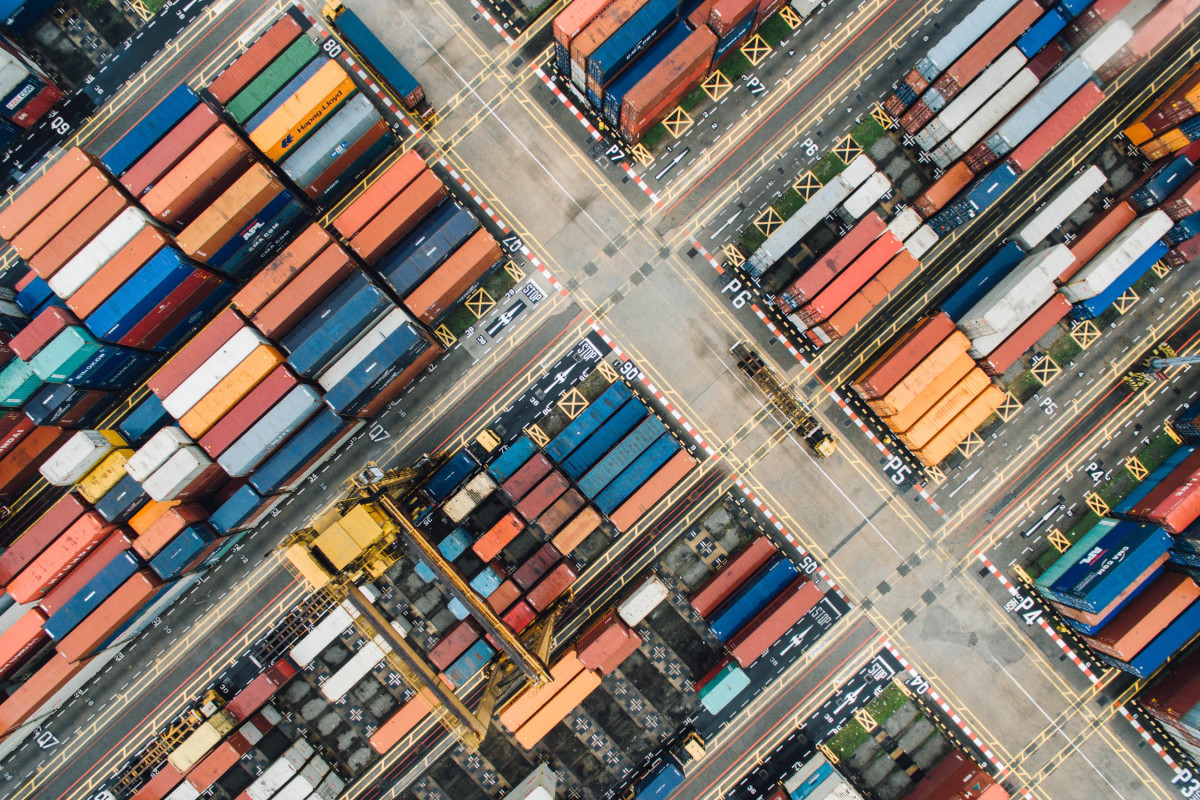China lockdowns impact Eurozone industry

China Macro: April data show costs of strict Covid-19 policy. Pick-up expected in 2H22, but risks remain. Drop in activity in China will have ramifications for the eurozone.
China Macro: April data show costs of strict Covid-19 policy
The monthly activity data for April published this morning came in much weaker than expected, underlining the macroeconomic costs of China’s strict Covid-19 policies. This weakness is driven by the broadening of lockdowns in March and April, which has affected megacities including Beijing, Shanghai and Shenzhen (although the intensity of lockdowns varies considerably). Industrial production contracted by 2.9% yoy (March: +5.0%, consensus: +0.5%), and by 7.1% mom, with manufacturing being particularly hit by supply bottlenecks in production and transport. Retail sales shrank by 11.1% yoy (March: -3.5%, consensus: -6.6%), and by -0.7% mom, with car sales and catering services being the worst performing sectors.
Fixed asset investment slowed to 6.8% yoy ytd (Jan-March: 9.3%, consensus: 7.0%), with property investment contracting. The unemployment rate in urban areas rose further to 6.1%, close to the peak seen just after the initial Covid-19 shock in Q1-2020. Earlier this month, the PMIs and foreign trade data also showed the significant effects of the broadening of lockdowns. All in all, Bloomberg’s monthly GDP estimate for April pointed to -0.7% yoy, the first negative reading since the -5.5% yoy recorded in February 2020.
Pick-up expected in 2H22, but risks remain
China’s nationwide lockdown intensity has started to ease somewhat in recent weeks, despite ongoing struggles in e.g. Shanghai and Beijing. We expect a gradual reopening going forward, within the framework of strict ‘dynamic clearing’ Covid-19 policy. We anticipate activity data to have more or less bottomed in April, with a rebound on the cards for the coming months. That should also eventually help to reduce spillovers from domestic supply bottlenecks to global supply chains, which have intensified again due to the Omicron-related broadening of lockdowns in China (see also our recent publication on global supply bottlenecks ).
All this also assumes a further step-up of targeted fiscal stimulus, piecemeal monetary easing and a cautious relaxation in macroprudential policies including for real estate. Recent meetings of the State Council have hinted in that direction too, with Beijing so far sticking to its official growth target for 2022 of 5.5%. Some easing of financing rules for property developers and a reduction in mortgage rates for first-home buyers over the weekend are cases in point. That said, the central government’s pledge for vigilance on the pandemic front makes the recovery vulnerable to pandemic flare-ups, with uncertainty high and with risks still tilted to the downside. Although we expect growth momentum to improve in the second half of this year, our 2022 growth forecast is around 1 pp below Beijing’s target. (Arjen van Dijkhuizen)
Drop in activity in China will have ramifications for the eurozone
The drop in industrial production in China in April, will probably have serious ramifications for industrial activity in the eurozone. Eurostat published industrial production data for March last Friday. Production dropped by 1.8% mom that month, as activity was restrained by a lack of materials and equipment. Indeed, in the European Commission’s Q2 survey of industrial companies, 52% of all companies reported that activity was limited by shortages of materials and/or equipment. These problems were probably aggravated by the drop in production in China in April, as China is the main supplier of intermediate goods and machinery to Europe.
Looking ahead, eurozone industrial production should bounce back once the problems with supplies from China ease. A rebound in production would also be in line with the current level of order books and production backlogs that were reported in the April PMI survey in the eurozone. Despite a drop in new orders in March and April, the backlog in production and the level of orders versus production in the eurozone are still at historically high levels. (Aline Schuiling)

